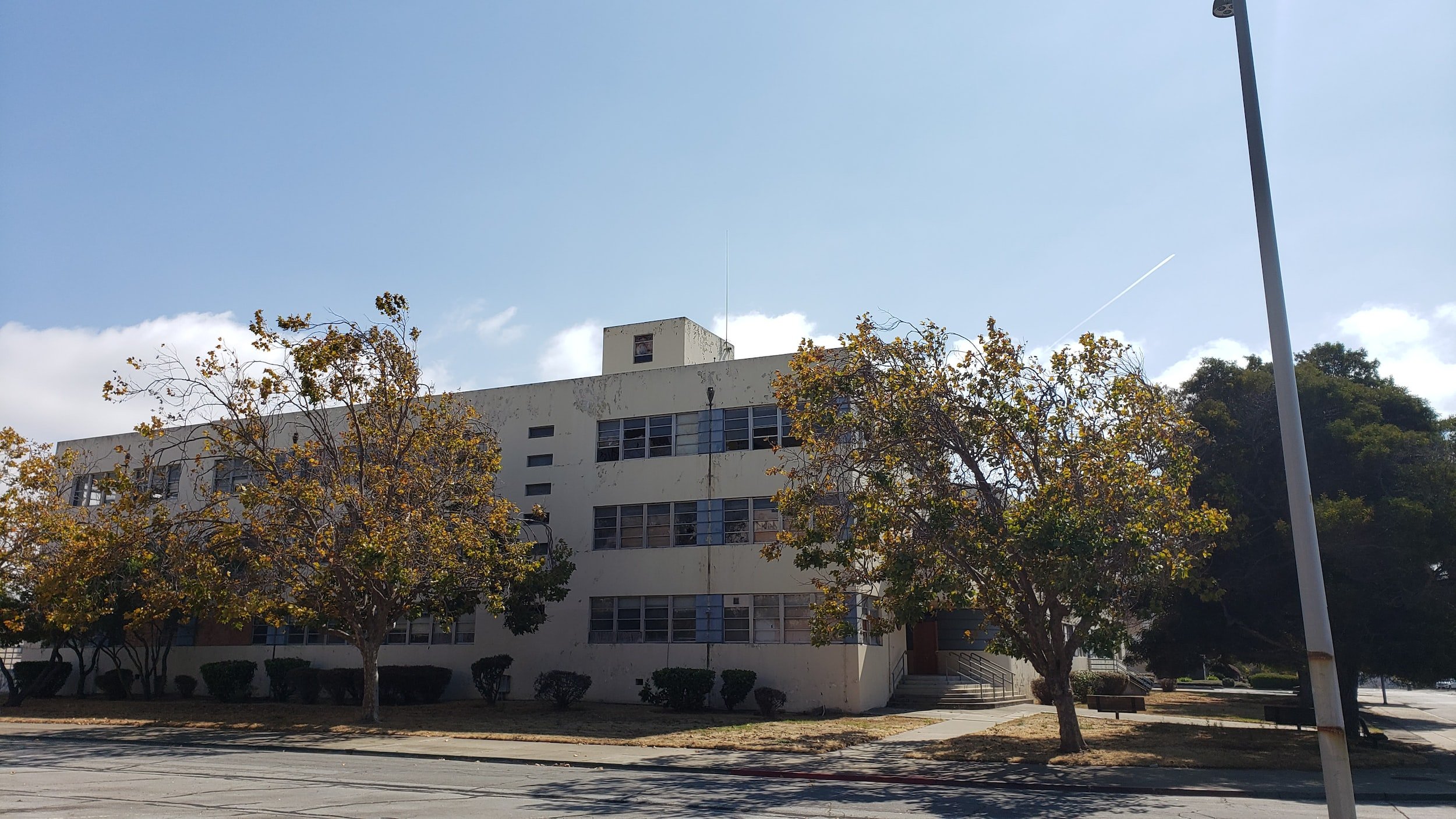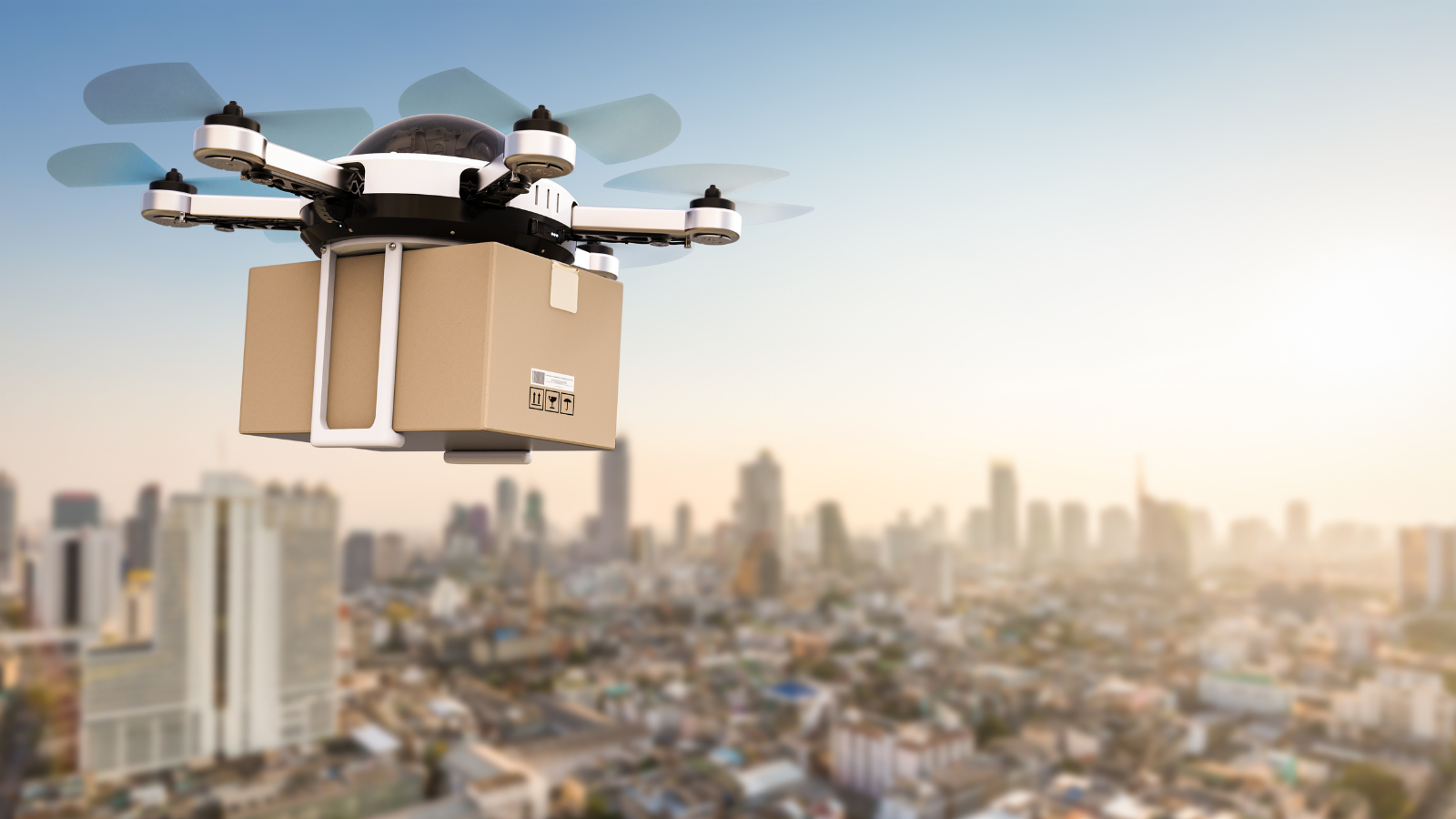Enhancing Worker Safety by Eliminating Heavy Lifting
🦺 Enhancing Worker Safety by Eliminating Heavy Lifting.
New advances in computer vision are improving worker safety by addressing the deficiencies that have hindered robotic automation in taking over dangerous tasks for workers. Many older robotic systems struggled with substandard item detection and faulty information, leading to frequent failed picks and putting workers at risk. However, advanced computer vision is now being deployed by leading brands to increase successful picks and enhance worker safety. This technology is already making a significant impact in industries like logistics and manufacturing, reducing error rates and automating tasks previously handled by workers. As more industries prioritize worker safety, automation with advanced computer vision is expected to play a key role in reducing injuries and improving overall workplace safety.
President Biden has issued an executive order aimed at addressing concerns over the safety, security, and trustworthiness of AI technology.
New advances in computer vision are improving worker safety by addressing the deficiencies that have hindered robotic automation in taking over dangerous tasks for workers.
Amazon has opened its first robotics fulfillment center in Detroit, covering 823,000 square feet and employing over 1,200 workers.
Alphabet Inc.'s Waymo, the autonomous driving company backed by Google, has decided to shift its focus to its ride-hailing service and delay the expansion of Waymo Via, its autonomous commercial trucking arm.
Several major tech companies, including Amazon, Google, Meta, Microsoft, and others, have made voluntary commitments to meet a set of artificial intelligence (AI) safeguards brokered by the White House.
Paris is setting the stage for a transportation revolution as it prepares for the 2024 Olympic and Paralympic Games by planning a fleet of electric flying taxis.
Zipline, a drone company, is expanding its customer base for its Platform 2 technology, which focuses on last-mile delivery.
General Motors' autonomous taxis, 'Cruise', are now available around the clock in certain areas of the city.
Since their rollout, sidewalk-roaming robots have faced regulatory challenges across the country, complicating the expansion plans for AI companies.
Inventory picking robots are autonomous machines designed to retrieve items from shelves or storage locations in a warehouse or fulfillment center.
The majority of younger workers seem to be ecstatic to be able to work alongside AI in their work setting.
The brand-new AI technology known as the AI Genie is capable of doing tasks that were once exclusive to human workers, raising concerns about the future of employment.
One of the busiest cities in the country is planning to revolutionize transportation by introducing driverless taxis.
Dubbed “self-operating warehouses”, the logistics service provider is expanding its technology to North America with the goal of optimizing inventory and storage for retailers.
Industrial robot sales increased 11% last year in North America, up by 44,200 units.
While there are many benefits to using robots in the workplace, it is important to recognize that robots cannot completely replace human workers.
AI can be used to optimize supply chain management, reducing lead times and increasing efficiency in the movement of goods between manufacturing facilities and warehouses.
Founded in 2014 and headquartered in Foster City, California, Zoox's vehicles are designed to be fully autonomous, with no driver or passengers, and can operate in both urban and suburban environments.
According to “Competing for The Warehouse Workforce of the Future”, a study commissioned by Lucas Systems of 500 on-floor warehouse workers, 3 out of 4 workers say that they trust robots to assist them to perform better at work.
Robots and humans - we need to work together. Robotics need a proper human labor management system to operate effectively in the supply chain logistics industry for a number of reasons.
Covid disruptions certainly slowed down operations at Chinese ports, but the industry is looking to implement for robotic technology to make up for the lost time.
Boasting 6,000+ drone deliveries in 2022, the retailer had big goals for a rapid expansion of the service.
There is a desperate need growing on a global scale for trusted artificial intelligence as data responsibility comes to the forefront of consumer concerns.
The International Federation of Robotics is reporting that 500,000 robots were installed globally in 2021 alone, a new record-breaking pace.
According to a recent report from IDC and Vecna Robotics, Marking the Business Case for Supply Chain Automation, productivity in warehouses is being negatively impacted by as much as 50% because of unaccounted labor costs.
The age of robotics has officially begun. What’s been dubbed ‘The Great Resignation’ resulted in a massive labor shortage after workers left their positions by the millions.
Smart technologies are becoming an increasing priority for warehouses, integrating methods of artificial intelligence. such as LiDAR sensors.




























Elon Musk is not too thrilled about a recent report that indirectly hinted at one of his beloved robots being involved in an incident at Tesla's Austin, Texas factory two years back